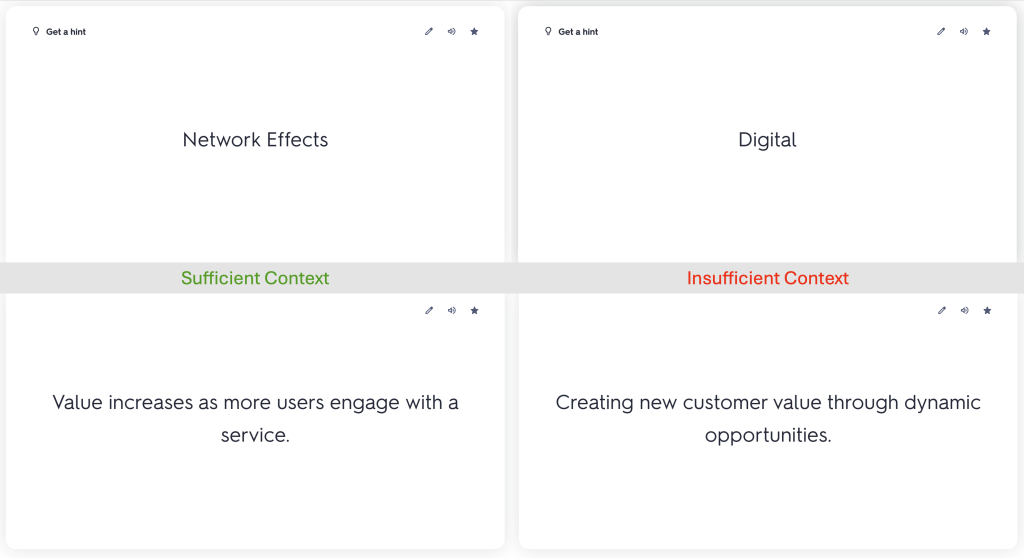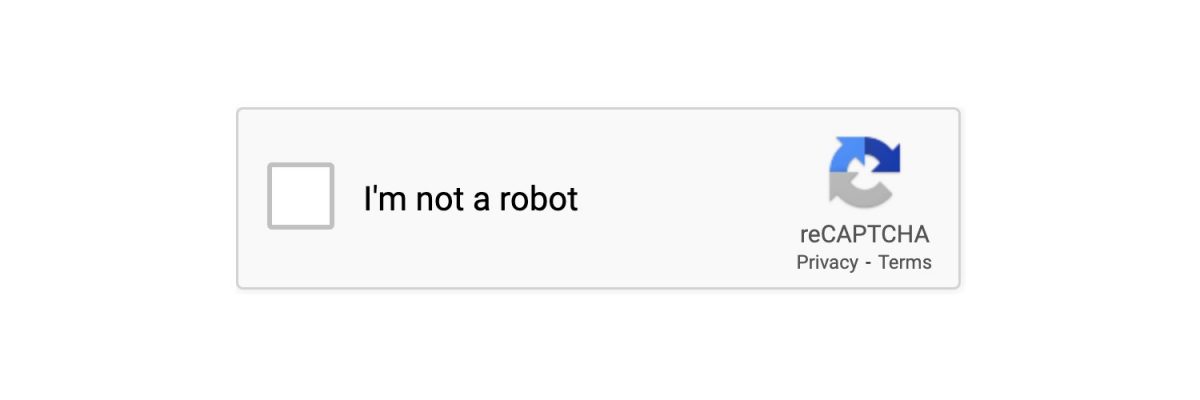If you’re anything like me, you probably spend more time figuring out how to optimize your study routine than actually studying. Recently, AI powered tools have made this process even more interesting. We now have tools for taking notes (Notion AI), transcription (Otter.ai), math (Photomath), research (Consensus), and study planning (ChatGPT), with more emerging every day (Chaney, 2024; Sim, 2024). One such tool is Quizlet.
What Can Quizlet’s AI Do?
Quizlet has long been a popular option for students primarily using flashcards. Traditionally, it allowed users to create, share and study from pre-made sets while also having features like learn and quiz mode. In 2023, Quizlet introduced a range of AI powered features (Bayer, 2023). One of the additions being Magic Notes, which enables students to upload notes and automatically generate outlines, flashcards and tests.
Having used Quizlet before the introduction these AI features, I was curious to see how they would impact my study experience this time around.
Putting Quizlet’s AI to the Test
For this test I used Quizlet’s AI tools on the course Information Strategy (fittingly, the class that assigned me this blog). I tested Session 1 using my personal notes stored in Notion covering video material, lectures, readings and learning objectives. I started with the study guide generation as it seemed to offer a broad range of functionalities, allowing me to create quizzes and flashcards from the same content base. The output definitely impressed me! It took the learning objectives and generated an outline of the course content based on my notes. This included key concepts organized with headings and tables, similar to the outputs of ChatGPT. Most of the content matched my expectations with a few misinterpretations.
Next, I tested the flashcard and quiz options. For clear concepts like the definition of network effects, it performed well. However, some flashcards lacked context to be fully useful. For instance, while capturing the term “digital”, the flashcard didn’t provide sufficient detail to indicate what aspect of “digital” was being referred to. As a result, it was difficult to know which topic or definition was expected. Despite this, the interface was my personal highlight. It was well-designed and user-friendly, making it easy to switch between study modes.

Flashcard Context Comparison: Sufficient vs. Insufficient Context
Final Thoughts
Overall, using Quizlet’s new AI features was mostly a positive experience. The ease of use really stood out, especially since my notes were already digital. Additionally, the platform used a gamified design, which motivated me to continue studying. In terms of the AI-generated content, it generally met my expectations. The study guide it created from my notes was well-structured, and the flashcards worked well in some cases but required manual edits for more complex concepts.
One downside I noticed was the default setting that made study sets public. I felt constantly pushed to publish and share content. I also identified the risk of students unintentionally uploading copyrighted material. While this is prohibited by the platform, it’s still easy to overlook in practice.
In conclusion, while Quizlet’s AI features provide a strong foundation for studying, they still require some manual adjustments to be fully effective for me.
References
Bayer, L. (2023, August 8). Welcome to Quizlet’s AI Study era: Studying will never be the same | Quizlet. Quizlet. Retrieved October 8, 2024, from https://quizlet.com/blog/ai-study-era
Chaney, S. (2024, April 27). 5 AI tools for students: Use AI to help you study, summarize content, and edit papers. LaptopMag. https://www.laptopmag.com/software/5-ai-tools-for-students-use-ai-to-help-you-study-summarize-content-and-edit-papers
Sim, E. (2024, April 16). 10 best AI tools for students to learn better and faster. Study International. https://studyinternational.com/news/best-ai-tools-for-students-to-learn-better/


